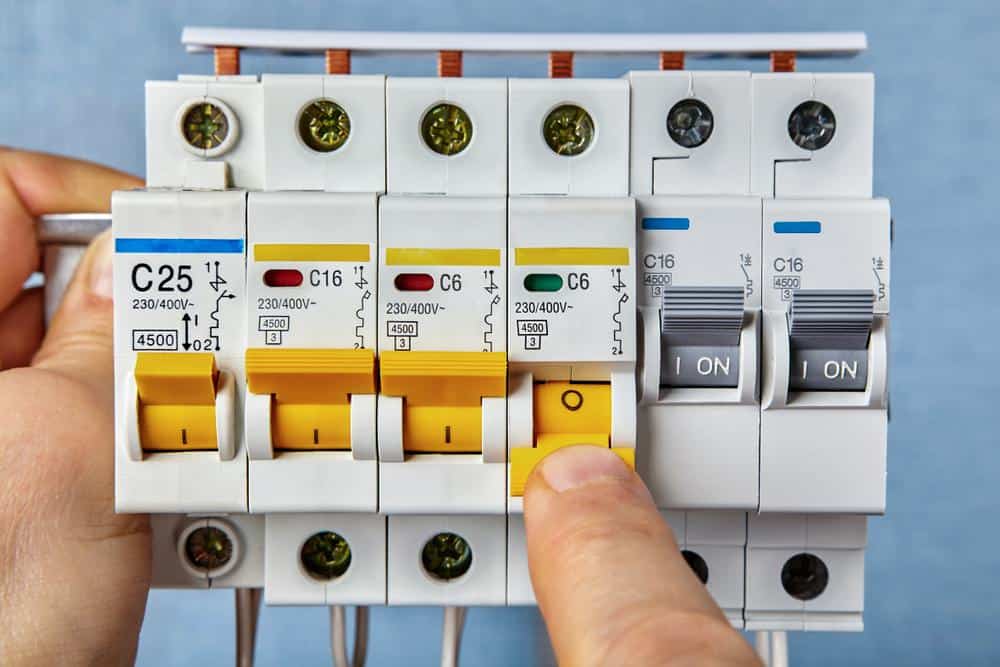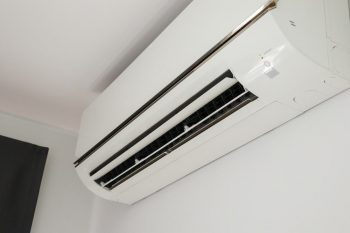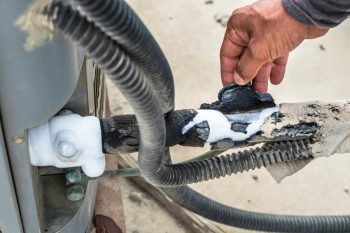
Circuit breakers are essential components of any electrical system. They are safety devices designed to protect electrical circuits from damage caused by an overcurrent or short circuit. But did you know that there’s a type of circuit breaker that resets automatically? Let’s delve into the world of automatic reset circuit breakers.
An automatic reset circuit breaker, also known as a Type 1 circuit breaker, is a device that interrupts an electrical circuit when the current flow exceeds a pre-set limit, protecting the circuit from damage due to overheating or overloading. Unlike other circuit breakers, it has the ability to reset itself automatically when the current flow returns to a safe level, without the need for manual intervention. This feature makes it particularly useful in situations where manual resetting is not feasible or desirable.
What is an Automatic Reset Circuit Breaker?
An automatic reset circuit breaker, also known as a Type 1 circuit breaker, is a device that interrupts an electrical circuit whenever the current flow exceeds a pre-set limit. This interruption protects the circuit from damage due to overheating or overloading. What sets an automatic reset circuit breaker apart is its ability to reset itself without manual intervention.
When the current flow returns to a safe level, the breaker automatically resets, allowing the current to flow again. This self-resetting feature is particularly useful in situations where manual resetting is not feasible or desirable.
How Does an Automatic Reset Circuit Breaker Work?
An automatic reset circuit breaker consists of a bimetallic strip connected in series with the load. When the current exceeds the pre-set limit, the bimetallic strip heats up and deforms, causing the breaker to trip and interrupt the current flow. As the strip cools down, it returns to its original shape, allowing the breaker to reset automatically.
This automatic reset mechanism is designed to handle temporary faults, such as those caused by lightning strikes, power surges, or brief overloads. If the fault persists after multiple reset attempts, the breaker will lock out and require manual resetting.
Applications of Automatic Reset Circuit Breakers
Automatic reset circuit breakers are widely used in various applications, including:
- Household appliances
- Industrial motors and machinery
- Power supply equipment
- Automotive and transportation systems
- Marine systems
- Machine tools
- Audio equipment
- Telecommunications network equipment
- Medical equipment
Key Benefits of Using Automatic Reset Circuit Breakers
There are several key benefits to using automatic reset circuit breakers:
- Convenience: These breakers automatically reset themselves once a temporary fault or overload is cleared, eliminating the need for manual intervention.
- Cost-effectiveness: Circuit breakers are generally more cost-effective than fuses in the long run, as they can be reset automatically without the need for replacement.
- Reliability: They can detect and respond to a wide range of faults or overloads in electrical circuits, ensuring the safety of your home’s electrical system.
- Home inspections: Circuit breakers are preferred during home inspections, as they are considered a more modern and secure electrical system.
Potential Disadvantages and Risks
While they offer significant benefits, automatic reset circuit breakers also come with potential risks:
- Continuous tripping and resetting: This can lead to overheating of wires or other components, increasing the risk of fire or damage to the equipment.
- Poor contact: The nuts on automatic reset circuit breakers can sometimes come loose, leading to intermittent power issues.
- Inappropriate use: Using them in situations where manual intervention is necessary to identify and resolve the cause of the overload can be risky.
- Arc flash or fire risk: Repeatedly resetting a breaker can result in an arc flash or a fire if the underlying issue is not resolved.
- Wear and tear: The continuous tripping and resetting can cause wear and tear on the breaker’s contacts, leading to faster heating and potentially shorter lifespan.
Final Thoughts
Automatic reset circuit breakers offer a convenient and safe way to protect electrical systems from short circuits and overloads, automatically resetting themselves once the fault is cleared. However, they should be used appropriately, and any underlying issues causing the overload should be resolved before re-energizing the circuit. In all cases, it’s recommended to consult with a qualified electrician or electrical engineer when selecting and installing circuit breakers.
Frequently Asked Questions
What is the difference between a Type 1 and Type 2 circuit breaker?
Type 1 circuit breakers, also known as automatic reset circuit breakers, reset themselves automatically once a fault is cleared. On the other hand, Type 2 circuit breakers, also known as manual reset circuit breakers, require manual intervention to be reset after a fault.
How can I tell if my circuit breaker is an automatic reset type?
Automatic reset circuit breakers typically do not have a reset button, as they reset themselves automatically. If your circuit breaker has a reset button, it’s likely a manual reset type. However, to be sure, you should check the specifications provided by the manufacturer.
Can I replace a manual reset circuit breaker with an automatic reset one?
Yes, you can replace a manual reset circuit breaker with an automatic reset one, provided the automatic reset breaker meets the specifications required for your electrical system. However, it’s strongly recommended to consult with a qualified electrician before making such replacements.
Are automatic reset circuit breakers safe for all types of electrical systems?
While automatic reset circuit breakers offer convenience and cost-effectiveness, they may not be suitable for all types of electrical systems. For systems where a persistent fault could lead to severe damage or hazards, a manual reset breaker, which requires human intervention to reset, may be more appropriate. Always consult with a professional when selecting circuit breakers for your specific system.
How often should automatic reset circuit breakers be replaced?
The lifespan of an automatic reset circuit breaker can depend on several factors, including the quality of the breaker, the load it’s subjected to, and the number of trip cycles it undergoes. As a general rule, if a breaker is tripping frequently, it may need to be replaced. However, it’s best to consult with a professional electrician for advice tailored to your specific situation.












